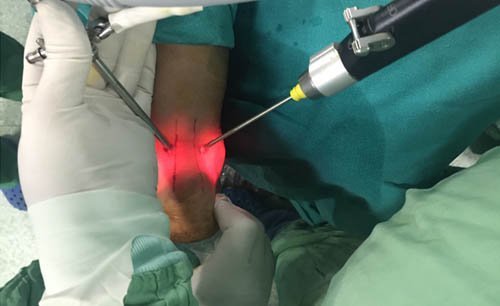Diabetic Foot Problems

Living with diabetes requires more than just monitoring blood sugar—it also means caring for your feet. Diabetic foot problems are a serious complication of uncontrolled or poorly managed diabetes and can lead to infections, ulcers, or even amputation if left untreated. Understanding the warning signs and taking preventive measures can make a significant difference.
Common Diabetic Foot Issues:
- Neuropathy (Nerve Damage): Diabetes can damage nerves in the feet, leading to numbness, tingling, or a complete loss of sensation. This makes it hard to notice injuries.
- Poor Circulation: Diabetes restricts blood flow, especially to the lower extremities, delaying wound healing and increasing infection risks.
- Foot Ulcers: Open sores often develop due to pressure points, blisters, or unnoticed injuries. Without prompt care, these can become infected.
- Calluses and Corns: Pressure from ill-fitting footwear can lead to thick skin, which can break down into open sores.
- Infections: Minor cuts or blisters can quickly worsen, sometimes requiring surgical intervention if the infection spreads.
Symptoms to Watch For:
- Persistent swelling, redness, or warmth
- Unusual foot odor or discharge
- Sores that don’t heal
- Numbness, burning, or pain
- Black or blue discoloration (may indicate tissue death)
Prevention Tips:
- Inspect your feet daily for cuts, blisters, or color changes.
- Wash your feet with mild soap and warm water; dry thoroughly.
- Moisturize dry areas—but avoid the area between toes.
- Always wear well-fitting, cushioned shoes and clean socks.
- Avoid walking barefoot, even indoors.
- Schedule regular check-ups with a podiatrist.
When to Seek Medical Help:
If you notice a sore that’s not healing, increased swelling, or signs of infection, consult your doctor or a foot care specialist immediately. Early intervention is key to preventing serious complications.


Leave a Reply